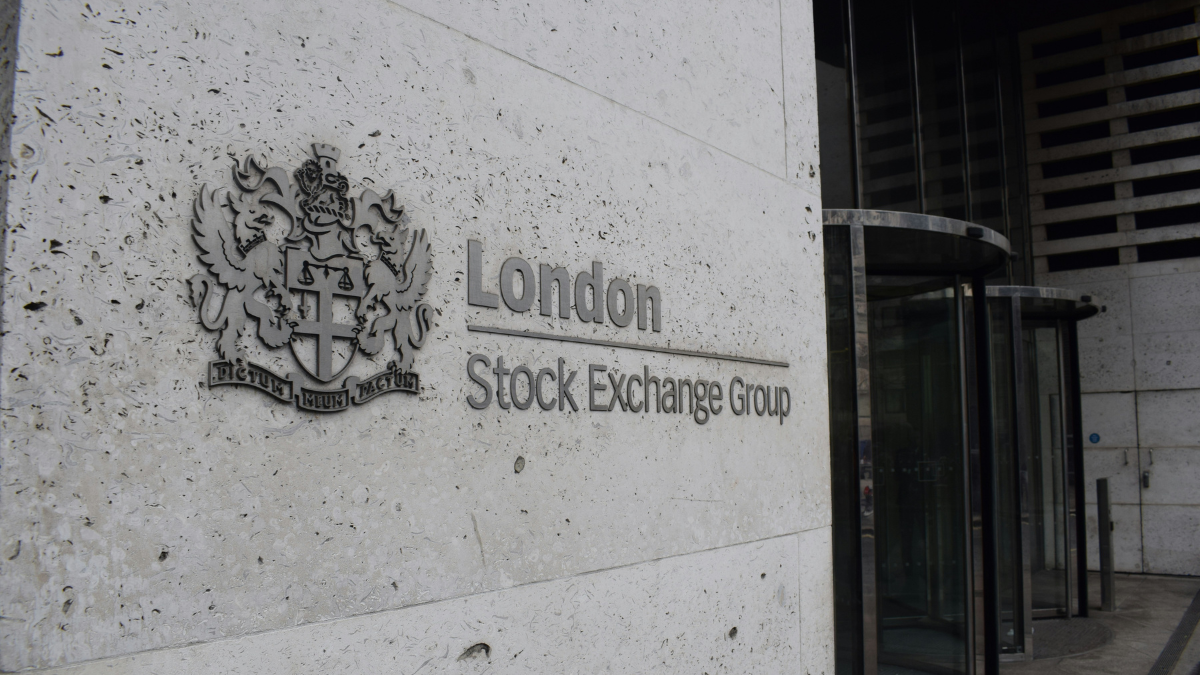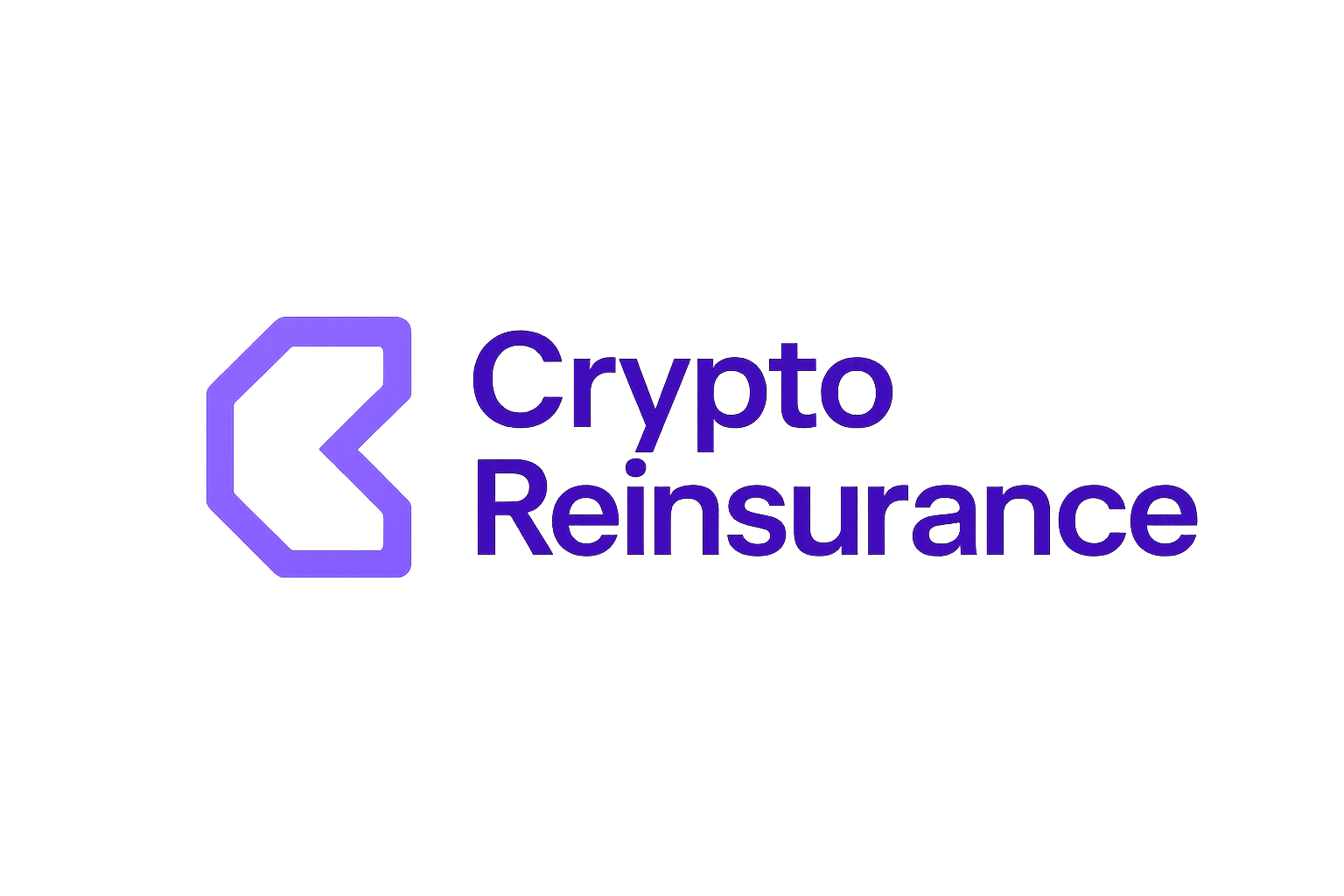
Reinsurance tokenization is rapidly emerging as a transformative force in the global insurance sector, leveraging blockchain to unlock new levels of liquidity, transparency, and investor participation. By converting reinsurance contracts into digital tokens, this approach is breaking down historical barriers to entry and enabling a broader spectrum of capital to flow into insurance risk. The result? A more dynamic, accessible, and efficient on-chain insurance market that is already attracting institutional investors, DeFi participants, and traditional reinsurers alike.

Why Reinsurance Tokenization Matters in 2025
The traditional reinsurance market has long been characterized by opacity, illiquidity, and high minimum investment thresholds. These factors limited participation to a select group of large insurers and specialized funds. Blockchain reinsurance platforms are now flipping this model on its head. Through tokenized insurance contracts, investors can access fractionalized exposure to real-world insurance risks, often with minimums as low as a few hundred dollars.
Recent developments underscore the pace of change. In July 2024, Schroders Capital and Hannover Re piloted tokenized reinsurance contracts where each token represents a share in a diversified portfolio of reinsurance exposures. This model not only democratizes access but also enhances secondary market liquidity, tokens can be traded on global blockchain platforms with near-instant settlement.
Key Benefits: From Accessibility to Transparency
Tokenizing reinsurance contracts on blockchain offers a suite of tangible benefits for both investors and insurers:
Key Benefits of Blockchain-Based Reinsurance
-

Global Investor Access: Tokenization enables fractional ownership of reinsurance contracts, allowing a wider range of investors—including individuals and institutions worldwide—to participate in markets previously reserved for major players. Example: Schroders Capital and Hannover Re’s 2024 pilot project demonstrated this by offering tokenized shares in reinsurance portfolios.
-

Enhanced Liquidity: Digital tokens representing reinsurance assets can be traded on blockchain platforms, providing liquidity that traditional reinsurance contracts lack. The London Stock Exchange Group’s 2025 blockchain initiative enabled real-time trading and settlement of reinsurance assets.
-

Increased Transparency: Blockchain’s immutable ledger ensures that all transactions and contract terms are auditable and tamper-proof, reducing fraud risk and increasing trust among stakeholders. Re’s open-ended reinsurance fund on Avalanche delivers transparent, on-chain reporting for all participants.
-

Operational Efficiency: Smart contracts automate key processes such as claims settlement and premium payments, minimizing administrative overhead and reducing errors. Blockchain-powered platforms like Re Protocol streamline traditionally complex reinsurance operations.
-

Regulatory Compliance: Blockchain systems can be designed to ensure compliance with local and international regulations, providing secure, transparent, and auditable processes that satisfy regulatory requirements. Major platforms like LSEG and Re have prioritized regulatory integration in their blockchain-powered offerings.
1. Increased Accessibility: Tokenization enables fractional ownership, opening up the market to new classes of investors previously locked out by high capital requirements.
2. Enhanced Liquidity: Unlike traditional reinsurance contracts that are difficult to trade or exit, tokenized instruments can be bought and sold on secondary markets with ease.
3. Improved Transparency: Blockchain’s immutable ledger ensures all transactions are recorded and auditable, minimizing fraud risk and boosting trust among participants.
4. Operational Efficiency: Smart contracts automate claims payments and premium flows, reducing administrative friction and costs.
Real-World Momentum: Projects and Platforms Leading the Way
The momentum behind reinsurance tokenization is not theoretical, it is being driven by high-profile launches and institutional engagement:
- London Stock Exchange Group (LSEG): In September 2025, LSEG completed its first blockchain-powered reinsurance transaction with MembersCap, marking a milestone in traditional finance’s embrace of real-world asset blockchain infrastructure.
- Re’s Tokenized Reinsurance Fund: Launched on Avalanche in May 2024 with $15 million in initial commitments (including from Nexus Mutual), Re aims to serve as a decentralized Lloyd’s of London, bringing on-chain yield products and transparent risk pools to institutional and DeFi investors alike.
- Oxbridge Re Holdings: Their 2025 tokenized offerings, EtaCat Re (20% balanced yield) and ZetaCat Re (42% high yield): demonstrate the competitive returns possible in tokenized reinsurance securities, with all trades conducted transparently on-chain.
This surge in activity is not just about technology; it is about fundamentally reshaping how insurance capital is sourced, allocated, and managed across borders. For deeper technical insights into implementation strategies, see Tokenization of Reinsurance Contracts: Benefits and Implementation Strategies.
As the reinsurance tokenization landscape accelerates, key players are leveraging blockchain to create new models of capital formation and risk transfer. The ability to fractionalize exposure and automate compliance via smart contracts is drawing attention from both traditional institutional investors and the crypto-native community. Projects like Re, which operates on Avalanche, and Oxbridge Re Holdings are setting precedents for transparency, yield, and accessibility in on-chain insurance markets.
Perhaps most significant is the way these platforms are bridging the gap between real-world assets and digital finance. The London Stock Exchange Group’s blockchain initiative with MembersCap demonstrates that major financial infrastructure providers now view tokenized insurance contracts as a credible asset class. These moves signal a structural shift in how insurance risk is syndicated globally.
Risks and Regulatory Outlook: What Still Needs to Evolve?
Despite rapid progress, several challenges remain. Regulatory frameworks for tokenized reinsurance products are still evolving, particularly around investor protection, cross-border compliance, and secondary market oversight. The need for robust oracles to deliver off-chain data (such as claims events) into smart contracts is another technical hurdle. However, pilot programs from Schroders Capital, Hannover Re, and LSEG indicate that collaboration with regulators can produce compliant solutions.
Additionally, risk modeling standards must adapt to account for on-chain liquidity dynamics and new forms of systemic risk that may arise from increased global participation. As more capital flows into tokenized insurance yield products, transparency in risk assessment will become even more critical to maintaining trust among both retail and institutional investors.
The Path Forward: Democratizing Global Reinsurance Liquidity
The convergence of blockchain with reinsurance is already unlocking new sources of liquidity for insurers while offering investors access to real-world asset blockchain opportunities previously out of reach. As platforms like Re Protocol, SurancePlus, and Oxbridge Re continue to innovate, offering both balanced (20%) and high-yield (42%) products, expect further integration of DeFi mechanisms with traditional insurance underwriting.
Leading Tokenized Reinsurance Investment Strategies
-

Schroders Capital & Hannover Re Tokenized ILS Pilot: In July 2024, Schroders Capital and Hannover Re launched a pilot project tokenizing reinsurance contracts. Each token represents a share in a diversified portfolio of reinsurance risks, providing investors with transparent, blockchain-based access to insurance-linked securities (ILS).
-

London Stock Exchange Group’s Blockchain Platform: In September 2025, LSEG enabled reinsurance asset manager MembersCap to raise capital for a private reinsurance fund using a fully integrated blockchain system. This allowed seamless issuance, trading, and settlement of tokenized reinsurance assets on a global, regulated exchange.
-

Re’s Tokenized Reinsurance Fund on Avalanche: Launched in May 2024, Re offers an open-ended reinsurance fund on the Avalanche blockchain. With initial investments from Nexus Mutual and Ava Labs’ Vista fund, this strategy enables decentralized, transparent participation in reinsurance risk pools, similar to Lloyd’s of London but blockchain-powered.
-

SurancePlus Tokenized Reinsurance Securities: SurancePlus provides access to high-yield tokenized reinsurance securities. Investors can participate in real-world insurance risk pools via digital tokens, benefiting from enhanced liquidity and fractional ownership.
-

Oxbridge Re’s 2025 Tokenized Offerings: Oxbridge Re Holdings Limited launched two tokenized reinsurance investment products for 2025: EtaCat Re (Balanced Yield) and ZetaCat Re (High Yield). These offerings bring tangible, blockchain-based reinsurance assets to investors seeking diversified yield strategies.
The next phase will likely see:
- Broader adoption by primary insurers, who can tap decentralized capital pools without compromising regulatory compliance or operational security.
- Increased product sophistication, including parametric coverage and catastrophe bonds issued natively on-chain.
- Tighter interoperability between blockchains and traditional finance rails for seamless settlement and reporting.
This evolution is not just about improving efficiency; it is about fundamentally redefining who can participate in global risk-sharing, and how quickly capital can be mobilized when disaster strikes. For a deeper dive into how blockchain is transforming market access for both investors and insurers, explore our analysis at How Blockchain Tokenization Is Transforming Reinsurance Access for Investors and Insurers.
Would you consider investing in tokenized reinsurance products?
Tokenization is making reinsurance more accessible, liquid, and transparent by turning contracts into digital tokens on the blockchain. With recent launches by major players and new opportunities for fractional ownership, would you be interested in this innovative investment?






